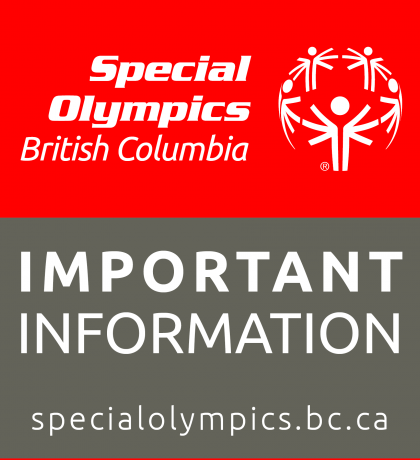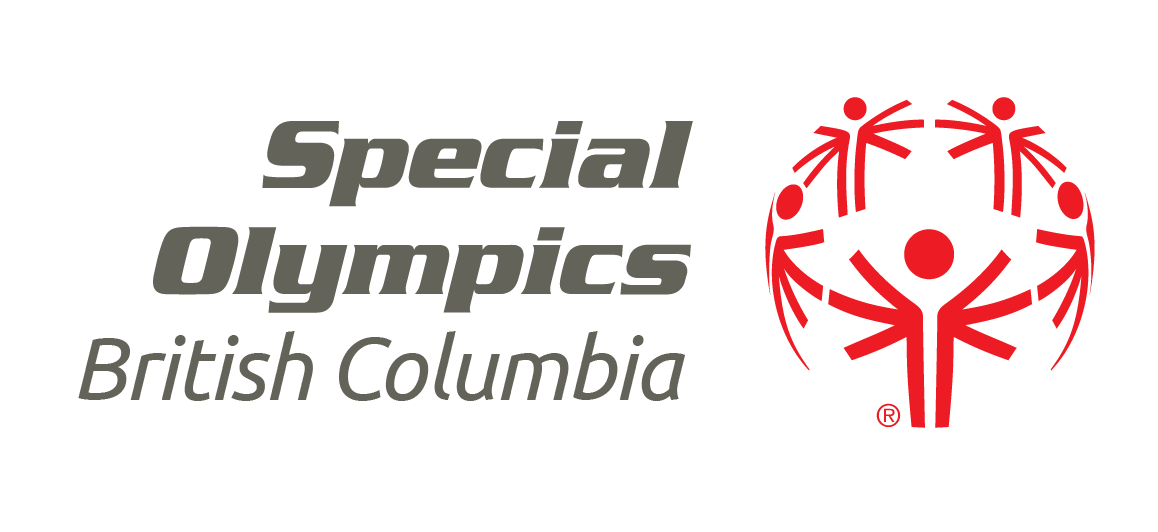
Since the Government of B.C.’s announcement of their plan to restart B.C. safely, we have been learning more about what the process will be for returning to sport. There have been some changes to the process since our memo in early May, so we wanted to provide an update on what this currently looks like for Special Olympics BC.
We have been working on the necessary plans to safely reactivate each of our sports and all of our programs and activities. Everyone’s safety is the highest priority. Before a specific sport or activity can reopen, the following things need to happen:
- Provincial health guidelines for sports need to be released.
- There needs to be a plan specific to that Special Olympics BC sport or activity.
- The sport- or activity-specific plan needs to be approved by SOBC’s Board of Directors.
- SOBC needs to provide education for coaches, Locals, and athletes on all the steps required to safely run that specific activity.
Special Olympics BC staff are building the plans and education for each of our sports and activities, working with fellow provincial sport organizations and provincial officials, to make sure everything will proceed safely.
Special Olympics BC will reopen a few sports at a time. This is in line with provincial health recommendations. Because some sports have less physical closeness and contact than others, those sports may be able to start again sooner than others. But we don’t yet have any dates to confirm.
All Special Olympics BC programs and face-to-face activities remain paused until further notice.
Notifications of reopening opportunities will start to come out sport by sport, and activity by activity, as plans are approved and education is provided. Based on current available information, it seems likely there will not be any Special Olympics BC programs restarting before the end of the typical program year in June, but that doesn’t mean there won’t be anything in the summer, if local conditions allow.
The provincial standards are one thing, and we know that opportunities to reopen may look very different in each community. Once the provincial plans and education are available, to reopen a sport in a community there must be the Local Committee’s approval, open and available facilities, available volunteers, and interested athletes.
Special Olympics BC’s Program staff will work with Locals to pilot specific limited numbers of sports as their community capacity allows. Staff will learn from Locals about whether the plans on paper match the actual program experience, and revise accordingly.
We look forward to keeping everyone up to date as we learn more. We can’t wait to restart Special Olympics sports and activities. We know it means a great deal to a great many people. But we must put everyone’s safety first, and proceed in accordance with provincial health guidance.
Throughout the coming phases of the restart plan, we all must remember to keep focusing on personal hygiene, including hand washing, physical distancing, and staying at home if you are sick.
For more information about the Government of B.C.'s Restart Plan, please visit: www.gov.bc.ca/restartbc
Special Olympics BC is continuing the weekly at-home training and activity challenges, and we’re creating new resources to remotely support athletes and coaches as well as new virtual fundraisers. Please check out the SOBC website for tools to stay active, connected, positive, and informed, and stay tuned to our website and social media channels for ongoing updates.
If you have any questions or feedback, please contact Lois McNary, SOBC Vice President, Sport, at Lmcnary@specialolympics.bc.ca or 604-616-1341.
Excerpted message from Provincial Health Officer Dr. Bonnie Henry:
Our “new normal” is based on principles that apply to every person and every situation. These principles are the foundation of how we need to move forward with our B.C. plan, and will remain in place for the weeks and months ahead. These principles include:
- Staying informed, being prepared and following public health advice;
- Practising good hygiene – hand hygiene, avoid touching your face and respiratory etiquette;
- Staying at home and away from others if you are feeling ill – with no exceptions – whether for school, work or socializing;
- Maintaining physical distancing outside the household, e.g., no handshakes or hugs, keeping your number of contacts low and keeping a safe distance;
- Making necessary contacts safer with appropriate controls, e.g., using plexiglass barriers or redesigning spaces;
- Increasing cleaning of frequently touched surfaces at home and work;
- Considering the use of non-medical masks in situations where physical distancing cannot be maintained, such as on transit or while shopping; and
- Continuing to minimize non-essential personal travel.
I have seen the strength and resilience in British Columbians that I know will hold us in good stead in the months ahead. We must continue to keep our firewall strong and remain committed to our efforts to protect our province. Be kind, be calm, be safe.
